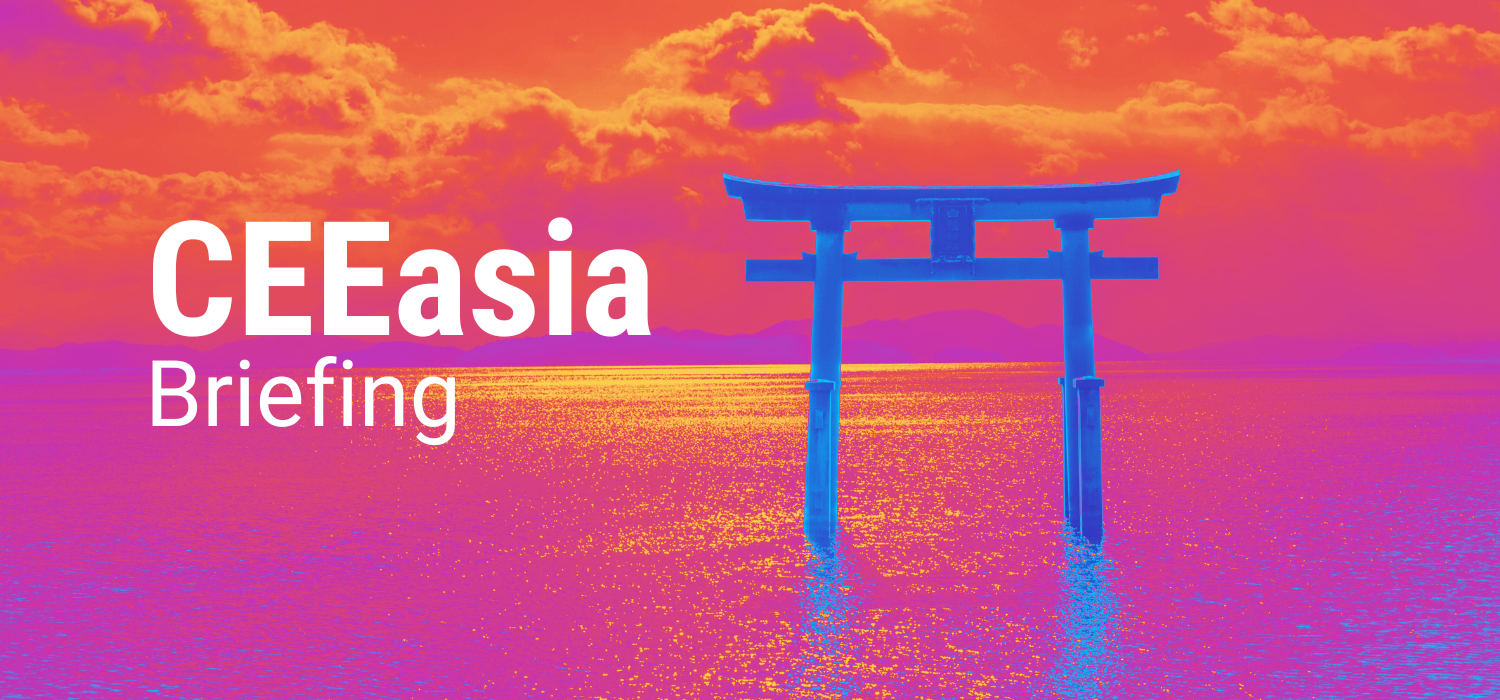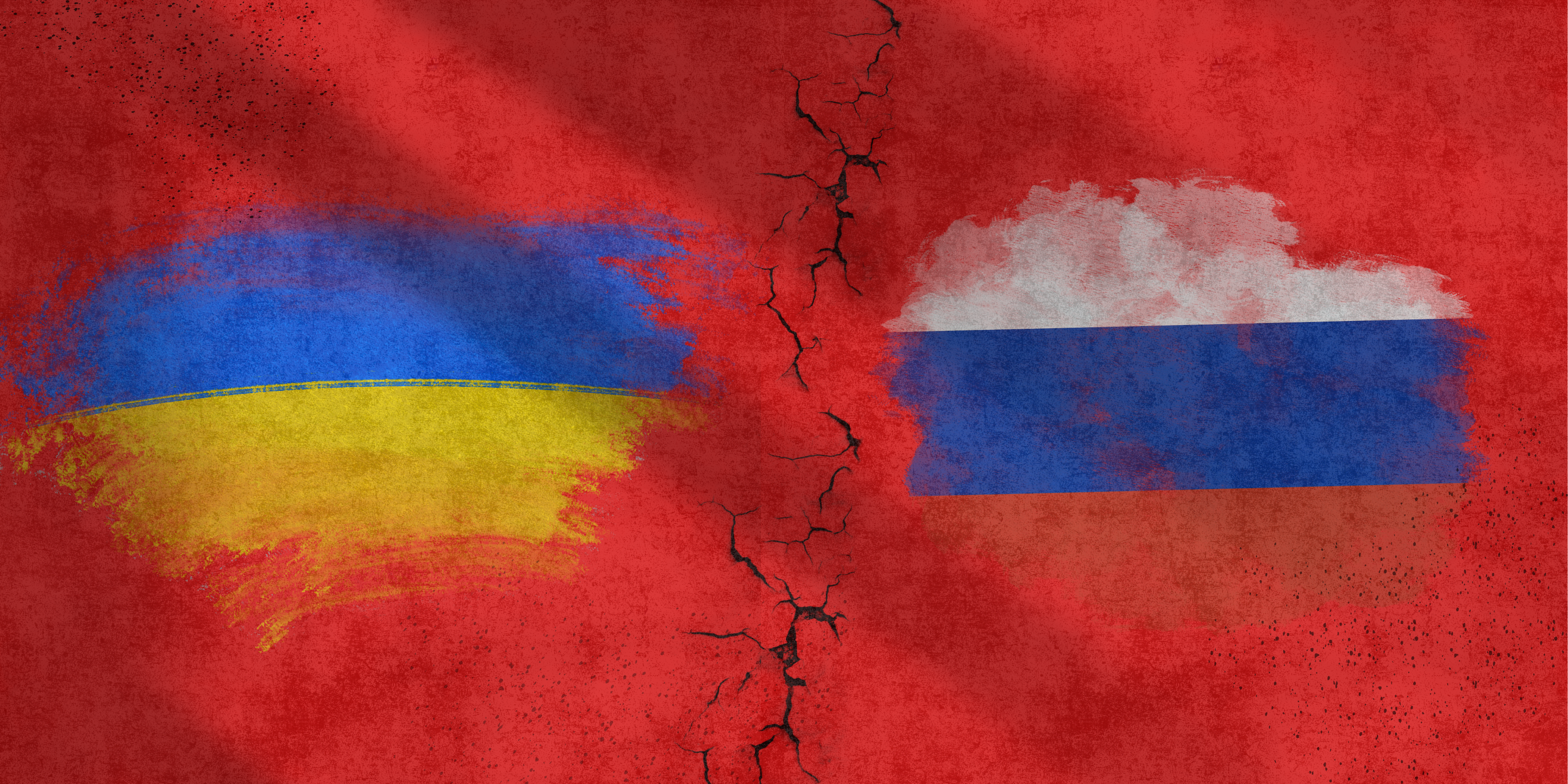Welcome to the 8th issue of the #CEEasia Briefing.
In this issue, we dissect the following topics:
- Pompeo tours CEE with “Clean Networks” proposal
- Mask diplomacy still going on
- South Korea and Japan eye Czech nuclear project
- India’s “gateway to Europe”
Do you need to know more about East Asia? Don’t hesitate to shoot us a message about custom analysis tailored to your needs.
Pompeo tours CEE with “Clean Networks” proposal
What’s going on? In August, US Secretary of State Mike Pompeo completed his four-country visit to Central and Eastern Europe – touring the Czech Republic, Slovenia, Austria, and Poland. Pompeo’s European trip had two primary objectives: to push for a reduction in Europe’s energy dependence on Russia and to win support for Washington’s China containment policy by campaigning for a ban on Huawei, Chinese premium technology and tech giant.
Going Deeper… Pompeo landed in the Czech Republic on the first leg of his European trip. During his visit, he declared China a bigger threat to cyber-security and Czech democracy than Russia. He offered American assistance in building a 5G network and in expanding energy infrastructure.
Why now? The U.S. State Department has been invested in promoting the “5G Clean Network” initiative since April this year. The initiative aims at securing 5G networks free of equipment produced by Chinese vendors and seeks to secure data traveling on 5G networks from the Chinese surveillance state and other malign entities.
And in Slovenia… The Foreign Minister Anze Logar signed a joint declaration with Pompeo on “5G Clean Network Security”. By siding with Washington in vowing to rid ‘unreliable’ vendors from Slovenian networks, its decision to board the “5G Clean Network” was read as a snub to China and Huawei Technologies. The development, however, did not come as a surprise because the Swedish 5G powerhouse, Ericsson, had already been supplying Telekom Slovenije with 5G technology since late July.
This means…Tensions between the U.S. and China are at an all-time high and Pompeo’s recent speeches in the Czech Republic, Slovenia, and Austria indicate that additional friction can be expected in the bilateral relationship. The success of Washington’s campaign has so far been ambiguous and limited. It remains to be seen whether the U.S’s current China strategy can effectively help it fulfill its proclaimed goal of assuming global leadership in the development of 5G communications infrastructure.
Further reading:
South China Morning Post: US secures Slovenia support for ‘Clean Network’ campaign against Chinese technology
The Diplomat: The Global War for 5G Heats Up
US Department of State: The Clean Network
Mask diplomacy still going on
What is going on? After more than five months since the COVID-19 outbreak in Slovakia, the country remains one of the most successful ones in the global fight against the virus. Meanwhile China’s “mask diplomacy” is still going on in the country as the Chinese Embassy and Slovak Center of Public Services for Overseas Chinese donated twenty thousand face masks to University Hospital Bratislava this month.

Going deeper… Beijing has not stopped trying to deflect criticism over its initial missteps in handling the coronavirus crisis at the beginning of this year and keeps its diplomatic charm offensive going, expressing solidarity and providing assistance to many countries around the globe in the last few weeks, including Slovakia and many African and South American countries.
In Slovakia, the move comes amid increasingly critical stance of the Slovak government on China. In the first half-year since the general elections, the government has criticized China on several human rights issues (Hong Kong, Tibet), and opposed Chinese attempts in spreading disinformation about the pandemic.
Behind this boosted activity and commitments to donations of equipment, there are hopes for building even closer relations and cooperation between the countries. China wants to stay visible as a supporter and a responsible superpower that helps its partners abroad. Assistance to its Belt and Road partners is even more important. The country also started to promise priority access of its COVID-19 vaccines to some Asian states, demonstrating its willingness to build more “iron friendships”.
This means… Beijing’s motivation to continue the large-scale donations and shipments of equipment, even on the lower levels between healthcare or research centers, is supported by its vision to not only become one of the main suppliers of medical commodities to the regions of Latin America, Africa, and Europe in the future but also to consolidate its political and economic influence and eclipse the “targeted” countries’ other partners, whether it is the United States for Latin America and the Caribbean, the EU for European and African states or even Taiwan for its allies in Oceania.
Further reading:
Wall Street Journal: China Seeks to Use Access to Covid-19 Vaccines for Diplomacy
The Diplomat: Slovakia: A New Challenger of China’s Human Rights Record?
The Chinese Embassy in Slovakia: 驻斯洛伐克大使孙立杰接受中央广播电视总台采访 [Chinese Ambassador to Slovakia Sun Lijie accepted an interview with CCTV]
South Korea and Japan eye Czech nuclear project
What’s going on? The Czech Republic recently announced its intention to build two new reactors at the Dukovany nuclear power plant. In May, the Czech government introduced a financing scheme for the project worth 6 billion EUR. Up to 70% of construction costs will be covered by a loan for ČEZ Group, the rest will be paid by the largest state-controlled company in CEE from its own resources. However, the construction of the two reactors must be approved in Brussels, which is probable, despite the likely opposition from Germany or Austria.
Going Deeper… A major tender for the construction firm will be announced by the end of the year. However preliminary talks have already begun with potential partners from all around the world. Besides expected bidders such as Russian Rosatom and American Westinghouse, the project attracted also East-Asian companies: China General Nuclear, Korea Hydro & Nuclear Power, and French-Japanese consortium Atmea.
The bid brings a strong geopolitical element into the competition as the winner is likely to increase its influence over the region. With Czech political representation already divided on the question of China and Russia, the tender will most probably initiate heated internal political conflict. This might be helpful for Korean and French-Japanese bidders. Also, the EU will insist on transparency in an open tender, which was previously opposed by Rosatom.
This means… The rise of interest from East Asia indicates the interest of China, South Korea, and Japan in strategic sectors in CEE, making the region another field of rivalry between Asian powers. Given the currently tense relations between the Czech Republic and China, other competitors might have a chance to balance a probably low-priced offer from the Chinese bidder.
Further reading:
Balkan Insight: Power Play: Race for Czech Nuclear Plant stirs Political Stew
Yonhap News Agency: S. Korea eyes Czech nuclear project, broader cooperation in energy sector
World Nuclear News: ČEZ applies to build two new units at Dukovany
India’s “gateway to Europe”
What’s going on? In August, Poland and India agreed to resume flights and create a local “air bubble” to kick-start connectivity and commerce between the two countries. Poland is India’s largest trade partner and export destination in the CEE region, with bilateral trade growing almost seven-fold over the last ten years. As per Indian statistics, the overall value of the given bilateral trade in 2018 was US$ 2.351 billion.
Going deeper… The direct flight between Warsaw and New Delhi was initially launched in August 2019 but was halted due to the COVID-19 pandemic. After the decision to resume flights in August this year, the Indian media published an interview with Marcin Przydacz, Poland’s Undersecretary of State for Asia, which discussed India-Poland cooperation. The Central European country was described as India’s ”gateway to Europe” which is in line with the remarks by other Indian officials over the past few years.
This means… The CEE countries have been getting more critical towards China over the past few months, undermining prospects of decade-long cooperation between China and the CEE countries under the umbrella platform “17+China”. This momentum of colder relations could be utilized by India, which has had numerous concerns regarding China’s projects over the past few years. It has also opposed a Chinese-led initiative the Belt and Road arguing that it violates state sovereignty, lacks transparency, and often leads to environmentally unfriendly projects.
Further reading:
Times of India: Poland can be India’s gateway to Europe
The Conversation: How China lost Central and Eastern Europe








